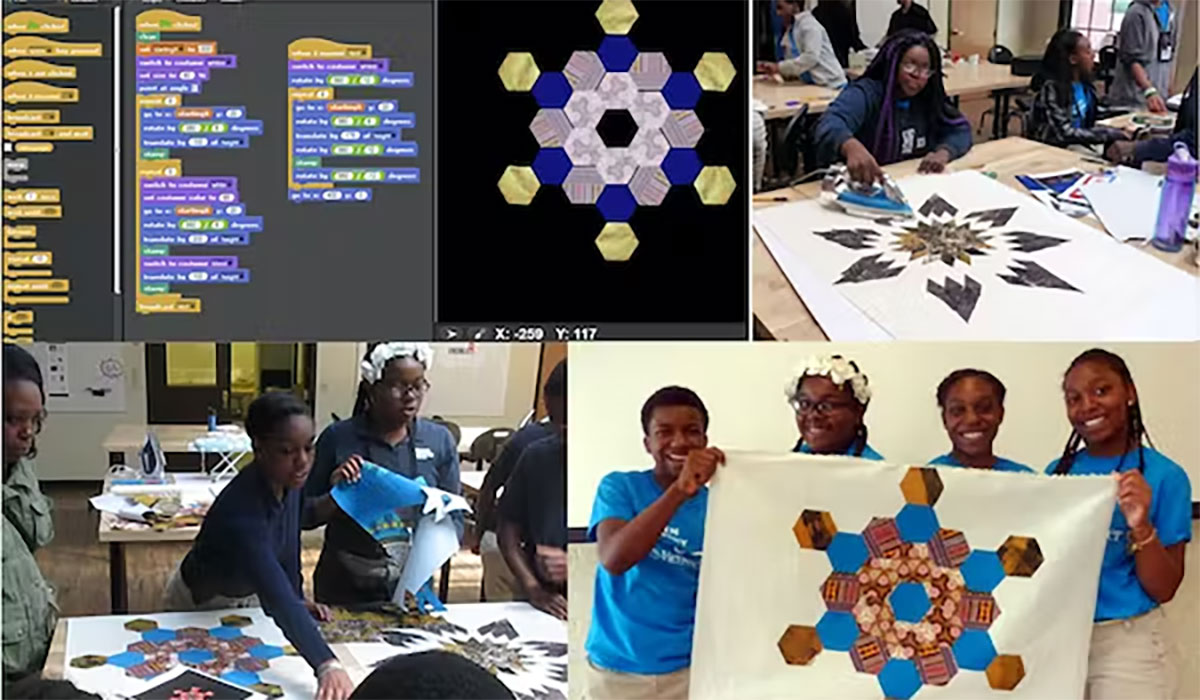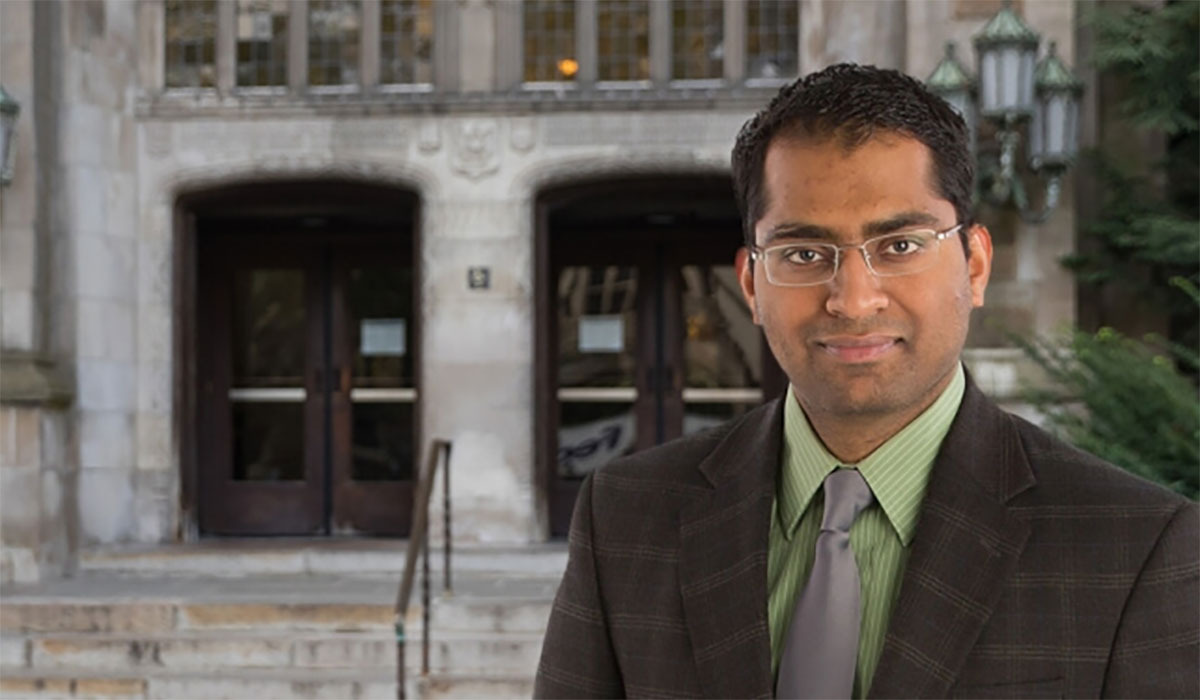There is no uniformity when it comes to science. Different cultures utilize sophisticated computational thinking in order to reach solutions or solve problems, but what if there was a way to mitigate differences in the scientific process to allow for growth? By developing digital tools to teach students about the complex mathematical sequences and patterns present in different cultures’ artistic, architectural, and design practices, researchers from the University of Michigan are aiming to bridge the gap between the arts and science.




